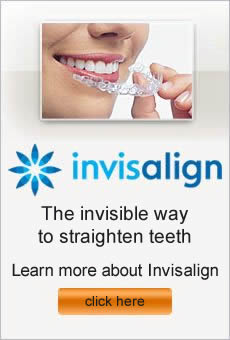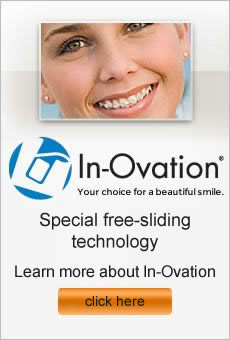Orthodontic Aspects of Cosmetic Dentistry
Cosmetic dentistry is a well-known field that focuses on improving your smile. Often people think this only means correcting tooth problems like stains, chips, cracks, or other unsightly flaws. However, cosmetic dentistry is not limited to only visible tooth problems, but also takes into consideration issues involving the jaw. This is where orthodontics can come to the rescue.
Misaligned jaws can cause a variety of oral health concerns. Facial features may be affected, as well as speech, eating, and breathing. Pain is a common side effect of jaw misalignment. Teeth can also be impacted eventually by jaws that are not in place, because they begin to compensate by moving into incorrect positions. Teeth grinding, decay, damage, and loss may occur without jaw correction.
Jaw malocclusion may be a genetic trait, or can result from things like trauma or disease. The temporomandibular joint, or TMJ, connects the lower jaw to the base of the skull. When the TMJ is strained for any reason, the consequences like pain can extend toward the head and face. Other issues like stress are also known to affect the TMJ, and lead to further discomfort and jaw problems.
An orthodontist can diagnose and treat any of these jaw-related problems. X-rays will help determine exactly what is causing the symptoms, and treatment will be recommended. This may involve braces to move the jaw into proper alignment, therefore improving your appearance as well as your comfort level. A cosmetic dentist can tell you if orthodontics might be helpful to your condition, and refer you to an orthodontist who can put you on the road to a winning smile.
Cosmetic orthodontist Dr. Fotovat treats patients from Sherman Oaks, CA and the surrounding area.



